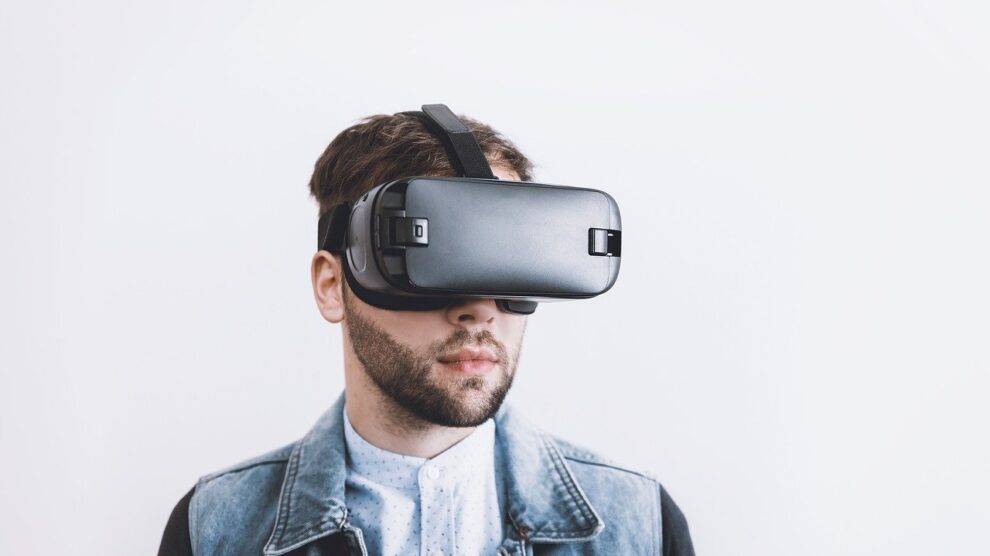In the world of design, the shift towards virtual reality (VR) has revolutionized how professionals across industries visualize, interact with, and modify their projects. One of the most critical advancements in this digital evolution is the development of annotation tools tailored for VR environments. These tools are not just transforming the traditional design review processes; they’re redefining them.
What are VR Annotation Tools?
VR annotation tools allow users to mark, comment, and discuss directly within a virtual environment. Imagine an architect walking through a digitally rendered building, tagging areas that need redesign, or an engineer annotating over a virtual prototype to highlight areas of concern. This direct interaction within the virtual space not only saves time but also enhances the accuracy and effectiveness of the feedback.
The Need for Enhanced Communication in VR
Communication is a cornerstone in any design-related field. With teams often spread across various locations, VR and its annotation capabilities bridge the gap between distance and detailed collaboration. Designers, stakeholders, and clients can interact in real-time within a simulated environment, making design reviews more dynamic and engaging.
Real-Time Collaboration and Its Impact
The real-time collaboration enabled by VR annotation tools can significantly accelerate project timelines. Teams can make decisions quickly, with annotations providing clear guidance and immediate understanding of changes or enhancements needed. This instant back-and-forth communication mitigates the risk of misinterpretation often encountered in traditional review processes using 2D plans or email exchanges.
Case Studies: Success Stories from Various Industries
Several industries have seen substantial benefits from integrating VR annotation tools into their workflows. In automotive design, engineers use VR to examine vehicle prototypes in full scale, annotating design modifications that are visible to all team members instantaneously. Similarly, in real estate, developers use VR tours to showcase and annotate property layouts or design features to potential buyers, providing a more interactive and personalized experience.
User Experience and Interface Adaptation
User Experience and Interface Adaptation The success of a VR annotation tool largely depends on its user interface (UI) and user experience (UX). A tool that is intuitive and seamlessly integrates with VR headsets is crucial. Designers do not want to struggle with complicated processes when their main focus is creativity and innovation. Therefore, the best annotation tool is designed with a user-centric approach, ensuring that the tool feels like a natural extension of the designer’s hand.
Integrating with Other Software
To fully leverage the power of VR annotations, these tools often need to integrate smoothly with other design and project management software. This integration allows for annotations made in VR to be automatically updated in other applications, streamlining the workflow and ensuring that all team members are on the same page, regardless of the software they prefer to use.
Future Trends in VR Annotations
As VR technology continues to evolve, so too will the capabilities of annotation tools. Future advancements may include more sophisticated data handling to allow for annotations to carry more detailed information, including links to external resources, automated design suggestions based on machine learning, and even holographic annotations for mixed reality environments.
The Best Annotation Tool: Key Features to Consider
When choosing the best annotation tool for VR, it’s essential to consider several factors. The tool should offer high compatibility with various VR hardware and software, ease of use, robust functionality for both simple notes and complex data, and strong support and development to keep pace with VR advancements. Security features are also crucial, as design data is often sensitive.
Conclusion
In conclusion, VR annotation tools are pivotal in shaping the future of design reviews across all industries. They offer a more immersive, interactive, and efficient way to communicate ideas and changes. For those looking to integrate the best annotation tool into their workflow, it’s important to choose one that aligns with your team’s specific needs and enhances your creative processes. As VR technology grows, these tools will become even more sophisticated, further enhancing our capability to visualize, modify, and perfect our designs in the virtual realm.





